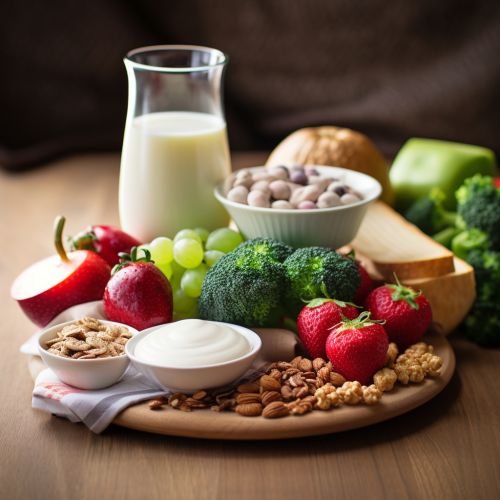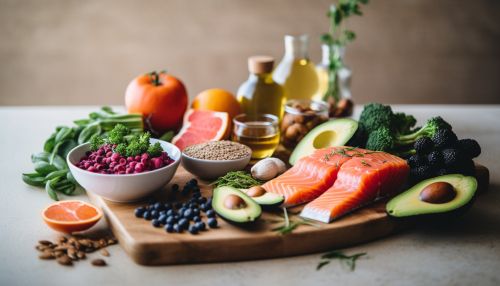Cancer prevention
Introduction
Cancer prevention refers to the measures that are taken to lower the chances of getting cancer. In 2020, more than 1.8 million people were diagnosed with cancer in the United States. By taking certain actions, individuals can reduce their risk of developing cancer in the future. This article will delve into the various methods of cancer prevention, the science behind these methods, and how effective they are.
Understanding Cancer
Cancer is a group of diseases characterized by the uncontrolled growth and spread of abnormal cells. There are over 100 types of cancer, including breast cancer, skin cancer, lung cancer, colon cancer, prostate cancer, and lymphoma. The cause of cancer is multifactorial, with genetics, environmental factors, and lifestyle all playing a role.
Risk Factors for Cancer
Certain factors increase an individual's risk of developing cancer. These risk factors can be categorized as either modifiable or non-modifiable. Modifiable risk factors are those that individuals can change to reduce their risk of cancer, while non-modifiable risk factors are those that cannot be changed.
Modifiable Risk Factors
Modifiable risk factors for cancer include tobacco use, alcohol consumption, poor diet, physical inactivity, and exposure to certain environmental factors. These factors all can be changed through lifestyle modifications.
Tobacco Use
Tobacco use is the most significant risk factor for cancer, causing an estimated 22% of cancer deaths. The most common types of cancer caused by tobacco use include lung, throat, mouth, and esophageal cancer.
Alcohol Consumption
Alcohol can increase the risk of several types of cancer, including breast, mouth, throat, esophagus, and liver cancer. The risk increases with the amount of alcohol consumed.
Diet and Physical Inactivity
A diet high in processed and red meats, and low in fruits, vegetables, and whole grains, can increase the risk of several types of cancer. Physical inactivity can also increase the risk of certain cancers.
Environmental Factors
Exposure to certain environmental factors, such as asbestos, radon, and certain pesticides and chemicals, can increase the risk of developing certain types of cancer.
Non-Modifiable Risk Factors
Non-modifiable risk factors for cancer include age, family history of cancer, race/ethnicity, gender, and certain genetic mutations.
Cancer Prevention Strategies
Cancer prevention strategies aim to reduce the risk of developing cancer. This can be achieved by avoiding risk factors and increasing protective factors.
Avoiding Risk Factors
Avoiding risk factors involves making lifestyle changes to reduce exposure to these factors. This includes quitting tobacco, limiting alcohol consumption, maintaining a healthy diet, staying physically active, and reducing exposure to environmental risk factors.
Increasing Protective Factors
Protective factors are things that reduce an individual's risk of developing cancer. Increasing these factors can help prevent cancer. These include maintaining a healthy weight, getting regular physical activity, and eating a diet rich in fruits and vegetables.
Cancer Screening
Cancer screening involves testing for cancer in individuals who do not have any symptoms. It can help detect cancer at an early stage when it is more likely to be treatable. There are various screening tests available for different types of cancer, including mammograms for breast cancer, Pap and HPV tests for cervical cancer, and colonoscopies for colon cancer.
Cancer Vaccines
Certain types of cancer can be prevented by vaccination. The Human Papillomavirus (HPV) vaccine can prevent most cases of cervical cancer, as well as other types of cancer caused by HPV. The Hepatitis B vaccine can prevent liver cancer.
Conclusion
Cancer prevention involves a combination of lifestyle changes, regular screening, and in some cases, vaccination. By understanding the risk factors for cancer and taking steps to mitigate these risks, individuals can significantly reduce their chances of developing cancer.
See Also


